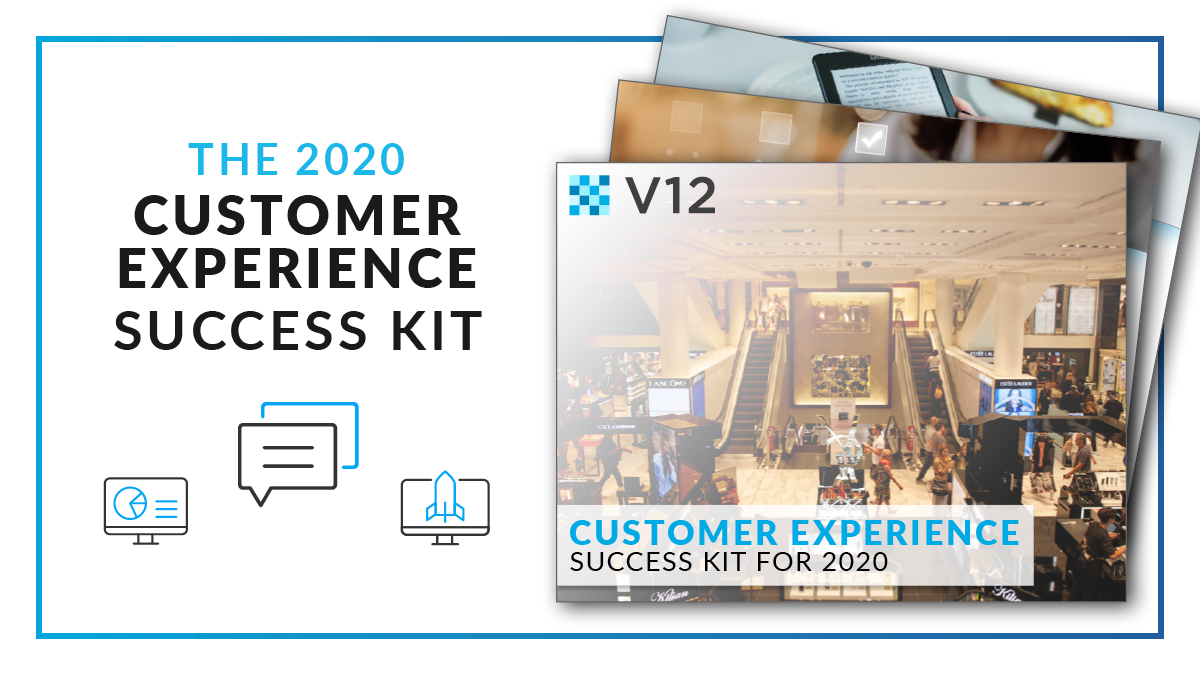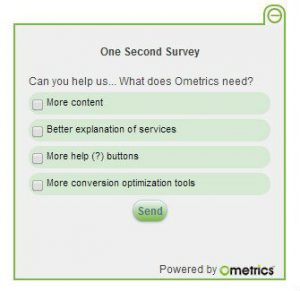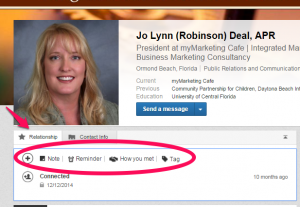Personalization has completely changed marketing strategies and today’s consumers are increasingly looking for personalized experiences in many of their brand interactions. Delivering the types of personalized experiences consumers crave requires a fine balance of using both data and technology to understand consumers and communicate with messaging they are most apt to respond to. However, not using personalization strategies effectively can leave your brand falling short of showing customers you care or on the other side, coming off as a creepy marketer by knowing too much.
So what types of personalization are consumers looking for and how effective are personalization techniques?
The Power of Personalization
You may have seen the statistics, but the power of personalization never fails to impress. Check out this array of statistics from various research studies across the web:
- 71% of consumers feel frustrated when a shopping experience is impersonal. – Segment
- 70% of millennials are frustrated with brands sending irrelevant emails. – SmarterHQ
- 74% of customers feel frustrated when website content is not personalized. – Instapage
- 47% of consumers check Amazon if the brand they’re shopping with doesn’t provide product suggestions that are relevant. – SmarterHQ
- 36% of consumers say retailers need to do more to offer personalized experiences. – Retail TouchPoints
- 91% of consumers say they are more likely to shop with brands that provide offers and recommendations that are relevant to them. – Accenture
- 80% of consumers are more likely to make a purchase from a brand that provides personalized experiences. – Epsilon
- 90% of U.S. consumers find marketing personalization very or somewhat appealing. – Statista
- 72% of consumers say they only engage with personalized messaging. – SmarterHQ
- 80% of frequent shoppers only shop with brands that personalize the experience. – SmarterHQ
- 56% of online shoppers are more likely to return to a website that recommends products. – Invesp
- 63% of consumers will stop buying from brands that use poor personalization tactics. – Smart Insights
- 66% of consumers say encountering content that isn’t personalized would stop them from making a purchase. – CMO by Adobe
- 42% of consumers are annoyed when content isn’t personalized. – CMO by Adobe
- More than 50% of consumers are willing to share information on products they like in order to get personalized discounts. – Retail TouchPoints
- 83% of consumers are willing to share their data to create a more a personalized experience. – Accenture
In recent research from Innovid, 40% of consumers have made a purchase in 2020 as a direct result of a personalized ad. Respondents said they were more likely to click on a number of ad types if they were personalized:
- 41% are more likely to click on personalized ads for events that interest them
- 38% will click o personalized ads for products they’ve shown interest in
- 34% will click on ads for new products or services they may like

Additionally, 32% of consumers like personalized ads, but 3 in 10 like brands more when they personalize ads. A further 43% of respondents agree that it’s important that ads are personalized.
Consumers also appreciate context in their personalized ads. Approximately 4 in 10 (39%) like ads that speak to the context of the moment such as the website they’re on. A further 3 in 10 (31%) appreciate ads that use their demographics for personalization and 29% want to see behavioral ads that understand their online activity and preferences.
Consumers are most receptive to personalized ads in retail.

Channels consumers prefer to see personalization in include:
- 18% – Social ads
- 17% – Video
- 17% – TV
- 13% – Banner ads
When it comes t sharing personal information, 23% of consumers stated they are more willing to share their information with brands than they were 1-2 years ago. In fact, consumers are most willing to share their personal information to receive ads that are more relevant based on:

What can brands do to make consumers feel more comfortable sharing their data? 35% of consumers stated they would like to dictate data collection preferences and 12% want brands to share their official data collection policy.
Personalization During Covid-19
Personalization tactics were more straight-forward prior to Covid-19. While the same tactics haven’t changed such as techniques based on past purchase history or browsing preferences, consumers are looking for additional types of personalization that takes into account the current economic climate.
Brands need to be relevant, useful and in context with your customer’s situation and needs. Re-examine your customer segments and personas. For example, did your pre-Covid segments assume older generations did not purchase on social media? Look again because much of this is changing. Or perhaps based on past purchase history, “back in stock” notifications would be appreciated. Ensure you are investing in personalization strategies for the long-term and are positioning your brands to take advantage of new opportunities.
Download V12’s Customer Experience Success Kit for access to some of our most informative resources on customer experience marketing trends, strategies and tactics. The most convenient way to research, this success kit contains topic focused blogs, webinars, white papers, case studies and more – all with one download.
Business & Finance Articles on Business 2 Community
(32)








